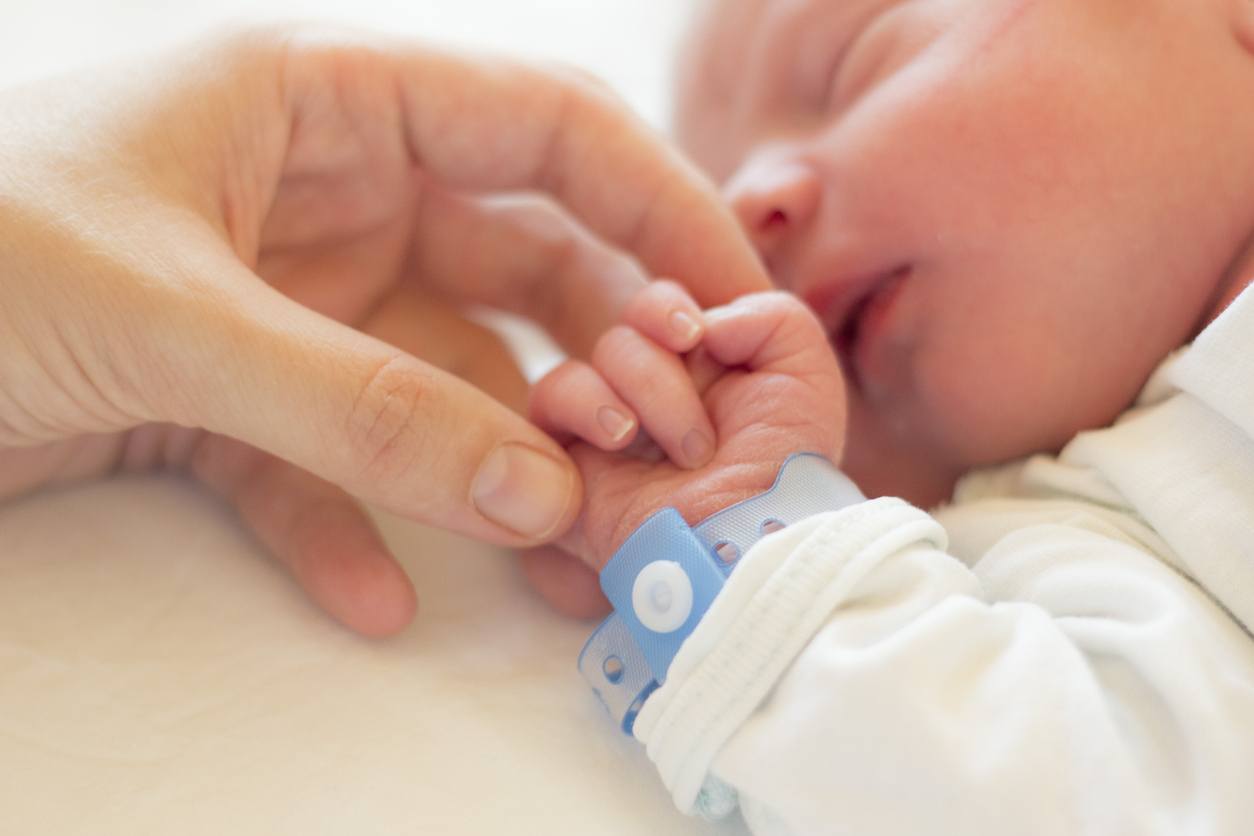Childbirth can be a tough moment for babies, especially when the use of medical tools and force has to be involved, which can sometimes result in small or big injuries called birth traumas.
The brachial plexus injury remains one of the most common birth traumas, with thousands of newborns affected each year.
But what is a brachial plexus injury exactly and what sort of consequences can result from it?
The brachial plexus: what is it?
The brachial plexus is a group a nerves located on the upper part of the body between the neck and the shoulders, controlling the muscles function in the chest, the shoulder the arms and the hands, as well as the sensitivity in the upper limbs.
How does a brachial plexus injury occur?
The brachial plexus injury happens usually during childbirth, especially when the delivery is being difficult. If the medical team has to use manual force or even some tools such as forceps or ventouse, it is most likely your baby will end up with their arm stretched, torn or compressed.
Various reasons can lead to a difficult birth and the use of force to get your baby to come out in the most efficient way possible: breech birth, shoulders stuck, heavy and large baby, underdeveloped muscles in the neck…
An injury on the brachial plexus can result in different types. Your baby can either end up with a temporary loss of muscle function and sensitivity in their whole arm due to the nervous system being damaged (Neurapraxia), or a partial palsy in the upper (Erb’s palsy) or lower (Klumpke’s Palsy) brachial plexus.
How can I know if my baby has got a brachial plexus injury?
You should be able to recognise the signs of a brachial plexus trauma shortly after childbirth. Your baby could end up with:
- weakness and loss of feeling in the arm
- partial or total palsy of the arm, resulting in no movement/reflex or limited ones depending on the level of the injury
- a claw like hand appearance
- abnormal muscle contractions
What are the solutions to overcome my baby’s arm injury?
Whether surgery is a necessity or not, physiotherapy rehabilitation is always necessary to help get entirely or partially better, depending on the level of trauma. By using specific, fun and ludic exercises, the aim of physiotherapy is to develop the damaged muscles and do as much as possible to obtain full recovery and be able to use efficiently again the affected arm, hand and wrist.
For more information about plexus brachial injuries in babies and their treatment, visit our website page: Click here
If you have any questions or would like to book an appointment with a specialist, at home or at the practice: 0207 125 0262
Other topics you might be interested in:


